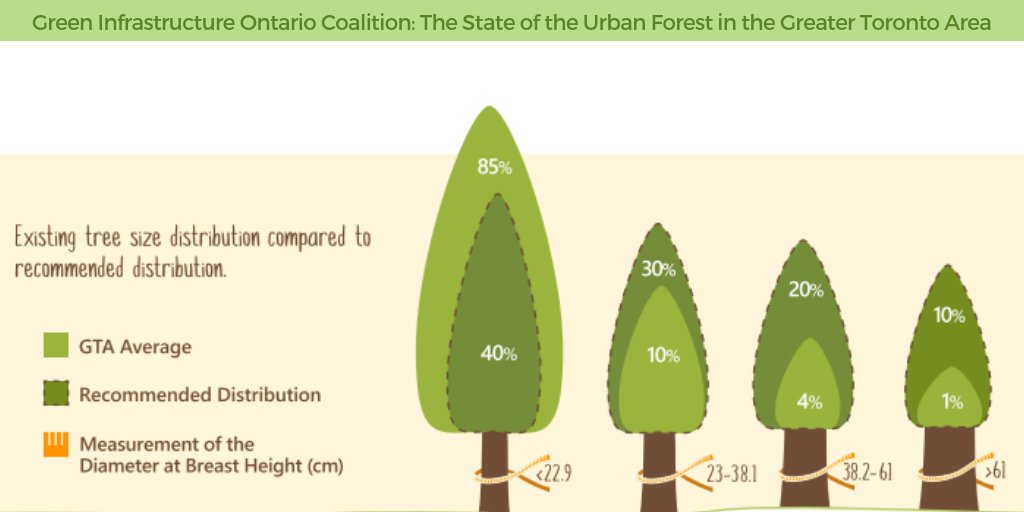Seasonal Tree Administration: Identifying One Of The Most Suitable Time For Tree Elimination
Seasonal Tree Administration: Identifying One Of The Most Suitable Time For Tree Elimination
Blog Article
Write-Up By-Ashby Samuelsen
When considering the very best time to remove trees from your building, a vital equilibrium should be struck between tree health and wellness worries. Think about the possible threats positioned by unsteady or worn out trees, and how their removal can alleviate these risks. Yet when exactly is the optimal moment to undertake this job? Stay tuned to discover Click On this site that might affect your choice and make sure the well-being of your trees and surroundings.
Ideal Timing for Tree Removal
When it pertains to picking the optimal timing for tree elimination, it's critical to take into consideration variables such as the health of the tree, safety and security worries, and ecological regulations. Examining the tree's overall health and wellness is essential to figure out if removal is essential. Dead or unhealthy trees pose risks and must be eliminated immediately to stop mishaps or residential or commercial property damages.
Safety and security worries, such as distance to buildings, power lines, or roadways, also play a substantial duty in identifying the best time for elimination. Adhering to ecological regulations is essential to make sure that the removal procedure is accomplished responsibly and legally.
Considering these variables, the optimal timing for tree removal may differ. Usually, it's suggested to remove trees during the inactive season, commonly in late loss or winter. During this moment, trees aren't actively expanding, making removal less difficult for the tree. In addition, with fewer fallen leaves, it's less complicated for arborists to analyze the tree's structure and safely perform the elimination procedure.
Seasonal Elements to Take Into Consideration
To make sure successful tree care practices, it's vital to take into consideration the seasonal aspects that can influence the health and wellness and development of your trees. Understanding these seasonal variants can help you plan your tree treatment activities effectively.
In springtime, trees concentrate on new growth and budding. This is an ideal time for trimming to form the tree and remove dead branches.
Summertime brings hot weather, requiring correct watering to keep trees moistened.
Loss is when trees start planning for dormancy, making it a great time for deep root fertilization to sustain their root systems.
Winter, with its cold temperatures, is a duration of dormancy for a lot of trees, making it a suitable time for tree elimination or major pruning.
Impact on Tree Health And Wellness and Landscape
Considering the seasonal factors that affect your trees is essential for their overall wellness and the look of your landscape. Proper tree treatment throughout the year can considerably affect their wellness and the aesthetic charm of your outside area.
For example, trimming during the dormant winter months can promote healthy and balanced development in the springtime, while removing dead or unhealthy branches in the autumn can avoid prospective risks throughout wintertime tornados. Additionally, monitoring your trees for signs of parasites and illness throughout the ideal periods can aid preserve their vigor and protect against extensive invasions.
Moreover, the problem of your trees straight affects the general landscape design. Trees that are well-maintained and healthy and balanced can improve the elegance and value of your residential property, while neglected or harmed trees may detract from the aesthetic charm of your outside setting.
Conclusion
Remember, the best time to eliminate trees is throughout the inactive period to decrease stress on the tree and guarantee its health and wellness. Consider the seasonal aspects and possible risks before organizing tree elimination. By focusing on liable tree care and maintenance, you can keep a risk-free and visually pleasing landscape for several years ahead.
